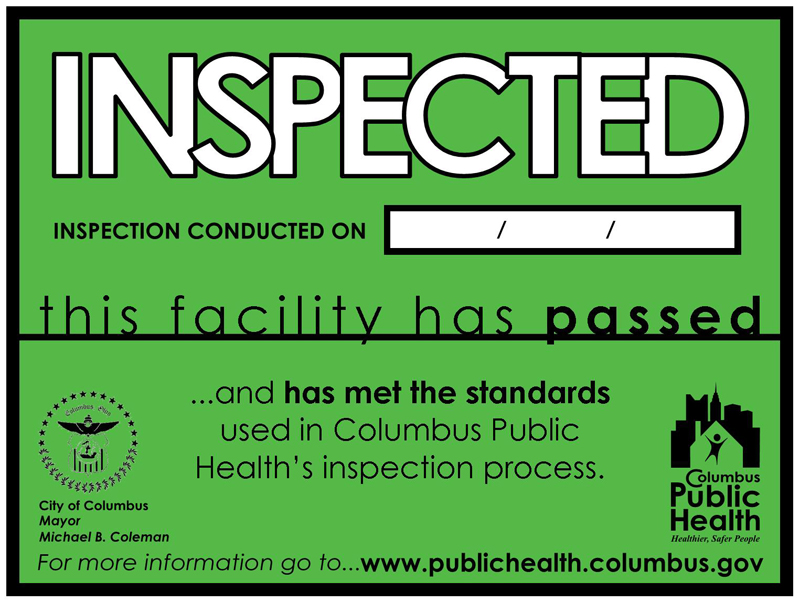Toronto’s DineSafe program of restaurant inspection disclosure adopted the red, yellow, green display signs, along with a website, back in 2001.
Some people don’t like the colors and say a restaurant should either be open or closed – red and green.
 In a June 2002 report for the City of Toronto, I wrote,
In a June 2002 report for the City of Toronto, I wrote,
There are a variety of ways to communication the results of a municipal foodservice or restaurant inspection program including numerical scores, letter grades, colour schemes and a listing of critical and non-critical violations. Summaries and/or detailed inspection reports can be posted on premises, Internet-based web sites or available upon request by fax or mail. There is general agreement that no single approach or communication vehicle is superior to others, that a variety of approaches and systems are used, and that on-going evaluation and research are required to determine overall effectiveness. However, the limitations in various approaches should not preclude continued efforts to enhance restaurant inspection and disclosure systems to meet the overall objectives of a reduction in foodborne illness and enhanced consumer confidence.
How consumers interpret posted inspection results and web sites, along with the most effective delivery mechanism, is yet to be determined. But health officials in Columbus, Ohio, are jumping right in.
Columbus Public Health started placing signs at pools this summer. Green means the pool passed, red means the pool is closed, and yellow or white mean the pool is working on its problems.
The majority of pool closures are because of water chemistry. Columbus Public Health has closed pools 72 times since June, most of them in apartment complexes and hotels. Depending on further tests, some remain closed for as little as a few hours. Others remain closed for weeks.
When they fail, the red sign goes up.
